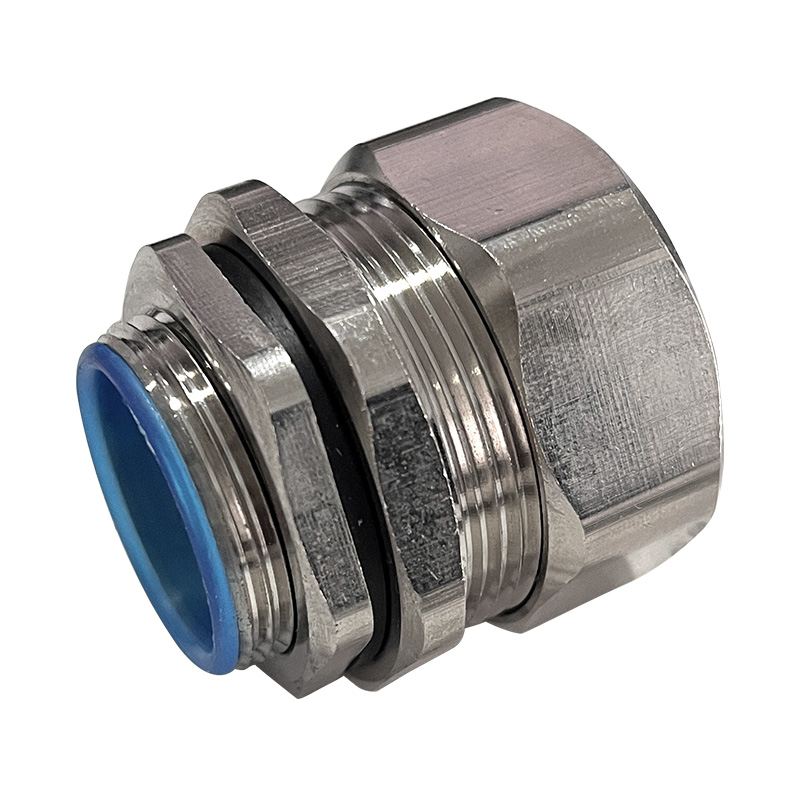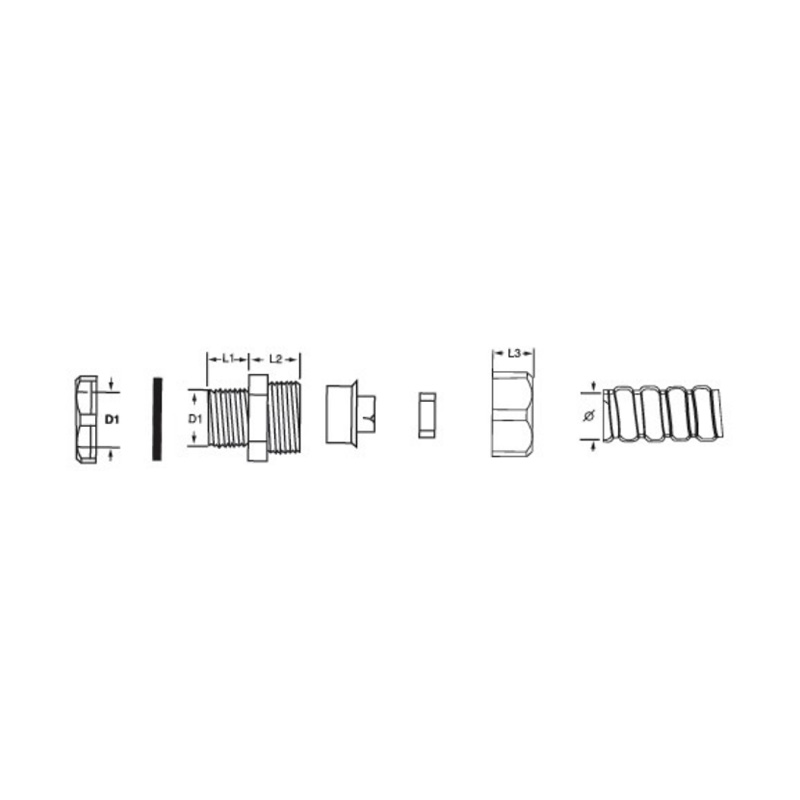Understanding and selecting the correct IP rating is essential when choosing a Waterproof Junction Box or Waterproof Distribution Box. It ensures safety, reliability, and long-term...
READ MORE-
-
Outdoor electrical installations face unique challenges that require specialized components to ensure their reliability and safety. Among the more important components are metal ca...
READ MORE -
Durability is a key factor when designing and maintaining electrical systems. With so many environmental challenges that electrical installations face—such as excessive temperature...
READ MORE -
Safety compliance is not just about adhering to regulations; it’s about protecting people, equipment, and infrastructure from the risks of electrical hazards. Electrical fires, sho...
READ MORE
Industry Knowledge Extension
What are the Characteristics and Limitations of a DPG End Style Union?
A DPG (Double Parallel Guide) End Style Union represents a specific and robust design within this category, offering distinct advantages and some inherent constraints. Understanding these characteristics and limitations is crucial for engineers and technicians to ensure proper application and system reliability.
The defining characteristic of a DPG End Style Union is its guided disc and ring design. Unlike a standard union that may allow for misalignment, the DPG design features a mechanism that keeps the sealing elements—typically a disc and a ring—parallel during the tightening process. This guided alignment ensures a uniform and consistent seal around the entire circumference, significantly enhancing the joint's integrity. This design is particularly valued for its ability to maintain a leak-tight seal under conditions of system vibration, pressure fluctuations, and thermal cycling, which can cause other connection types to fail. Furthermore, the end style configuration means it is designed to be welded or otherwise attached to the end of a pipe, providing a permanent and sturdy connection point for the reusable union assembly.
However, this specialized design also introduces certain limitations. The initial cost of a DPG union is typically higher than that of a standard union due to its more complex manufacturing process and precision components. This can impact the overall budget for a project, though it is often offset by reduced maintenance costs. Secondly, installation requires a higher degree of care and precision. The welding of the end pieces must be performed correctly to avoid introducing distortions or heat-affected zone issues that could compromise the union's sealing performance. Finally, while the union itself is reusable, its initial installation is a more permanent commitment compared to a threaded connection. Replacing the welded end piece would require cutting and re-welding, which is a more involved process than simply unscrewing a threaded fitting.
What is the Typical Process for a DPG Inner Threaded Union?
The manufacturing of a DPG Inner Threaded Union is a meticulous process that combines precision machining with rigorous quality control to create a reliable and reusable piping component. This process ensures the union's critical features—its threads, sealing surfaces, and guiding mechanism—are produced to exact specifications for a leak-tight seal.
Step 1: Material Preparation and Rough Machining
The process begins with the selection of raw material, typically a forged or rolled bar of carbon steel, stainless steel, or a specialty alloy chosen for its strength and corrosion resistance. This raw stock is then cut to size. The pieces are mounted on computer numerical control (CNC) lathes where the initial rough machining takes place. This step creates the basic external and internal cylindrical forms of the union's main body and nut, removing the bulk of the excess material. The initial turning operations also establish the crucial preliminary dimensions for the subsequent threading and finishing stages.
Step 2: Precision Threading and Groove Cutting
After rough machining, the components move to the precision threading phase. Using specialized threading tools on the CNC lathe or a dedicated threading machine, the internal threads of the union body and the external threads of the nut are cut with high accuracy. The thread profile, pitch, and depth must be machined to strict tolerances to ensure smooth engagement and a secure fit. Simultaneously, the specific grooves that will house the DPG's guiding ring and seal are machined into the union body. This step requires precision, as the geometry and surface finish of these grooves are fundamental to the self-aligning, parallel sealing action that defines the DPG union's performance.
Step 3: Finishing, Inspection, and Assembly
The final manufacturing stage involves finishing and validation. All machined surfaces, particularly the sealing faces, may be finely polished or ground to achieve the required surface finish that ensures sealing contact. Each component is thoroughly cleaned to remove any machining chips or oils. Then, a battery of inspections is conducted. This includes using thread gauges to verify thread accuracy, coordinate measuring machines (CMM) to check critical dimensions, and visual inspections for surface defects. Finally, the components—the body, nut, seal ring, and guide disc—are assembled into a complete union unit, often packaged with protective caps to prevent damage to the threads and sealing surfaces during shipping and storage.


 English
English 中文简体
中文简体 Español
Español عربى
عربى












